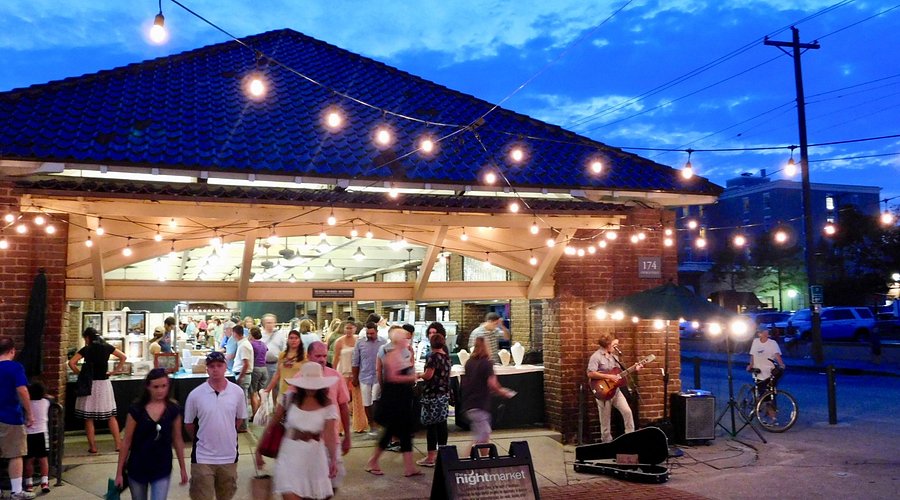
Don’t Buy in Charleston Until You See This Market Forecast
Charleston Market Report – Charleston is booming but the 2025 landscape isn’t as simple as it looks. Behind the glossy brochures and sold signs, the real Charleston market forecast tells a more nuanced story. If you’re thinking about buying property or investing in this coastal gem, you’d better look beyond surface-level buzz.
Yes, property values are climbing. Yes, developers are building at record speed. But no this does not mean every deal is a smart one. In fact, jumping into the Charleston market without reading this forecast might be one of the costliest mistakes investors make this year.
Let’s break down what’s really happening across Charleston and where the numbers are pointing next.
Home prices across Charleston rose an average of 6.8% in Q1 2025, outpacing national averages. However, the data reveals a sharp split between hot zones like Mount Pleasant and James Island, and cooling neighborhoods like North Charleston and parts of West Ashley.
This uneven growth signals something important: demand is shifting, not just rising. Investors who bought into the hype in early 2024 are now realizing that not all properties are appreciating equally.
The top 10% of luxury properties saw value gains. But entry-level homes? Many have plateaued.
If you’re assuming every Charleston home will keep rising in value, think again.
Read More: Emerging Markets Outperform Developed Economies: Should You Rethink Your Portfolio?
Charleston’s rent market is beginning to plateau in formerly high-growth areas. After nearly three years of aggressive rent hikes, tenants are pushing back and landlords are starting to see longer vacancy cycles, especially in mid-range rentals near downtown.
But that’s not the case in every neighborhood.
Rents in the emerging Upper Peninsula corridor are climbing steadily, up 9.4% year-over-year thanks to student demand, walkable amenities, and new retail development. Meanwhile, waterfront properties are seeing high turnover, with many owners opting to convert to short-term vacation rentals despite proposed regulations.
Knowing where to buy and which tenant segment to serve is critical.
Charleston’s commercial property scene is going through a major realignment in 2025. Remote work has affected office leasing in the downtown core, pushing vacancy rates above 18%. However, new coworking spaces and mixed-use developments are quickly absorbing that excess especially in tech-forward zones like Charleston Tech Center.
Retail remains strong in tourist-heavy areas but weak in suburban strips. Industrial space, especially near port terminals, is white-hot.
If you’re an investor looking beyond residential, the right move might not be a new office building but a flex-use industrial space with logistics access.
Two major developments will impact Charleston’s real estate trajectory in the near term.
First, the Charleston Comprehensive Transit Plan, which will expand light rail access and bike connectivity across several districts. Areas projected to benefit include Park Circle, Avondale, and North Morrison.
Second, new flood risk zoning policies could impact property values near marshes and coastal zones. Insurance premiums are expected to spike in flood-prone areas, possibly slowing demand in some scenic, high-risk neighborhoods.
Understanding how these changes affect your target area can make or break your ROI.
If you’re determined to invest this year, here’s where the smart money is going based on current indicators in the Charleston market forecast:
Park Circle: Urban revival, strong rent growth, proximity to downtown and major highways.
Cainhoy Peninsula: Long-term growth corridor backed by large-scale master planning and tech employment zones.
Downtown’s Upper Meeting Street: Rising retail, student housing, cultural foot traffic, and light rail access.
Go beyond the postcard. These micro-markets are where yield and momentum still align.
Buying real estate in Charleston in 2025 is still a good idea but only if you understand where the market is headed. That means going deeper than hype headlines and understanding the patterns beneath the numbers.
The smartest investors this year aren’t just buying they’re buying in the right zones, at the right price, and with the right projections behind them.
So don’t make a move just because everyone else is. Study the data, follow the local policies, and let this Charleston market forecast guide your next step.
You might just beat the crowd and buy smarter than the rest.